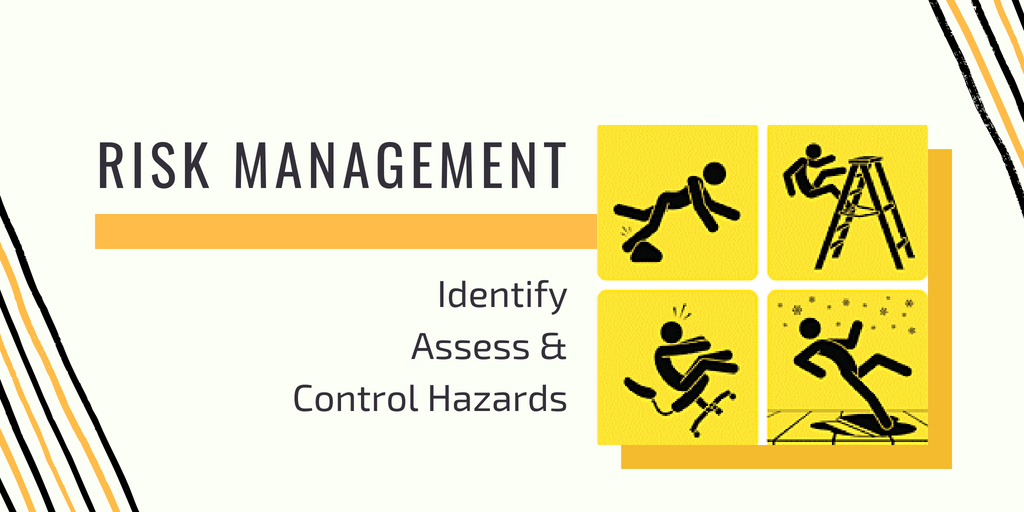
Risk Management and How to Identify Risk?
A project will go through several stages in SDLC (Software Development Life Cycle), including identification, documentation, integration, and deployment. Owing to this, there is a possibility for risk to occur at any stage of the project.
Hence, risk management and identification of risk are very important in creating a good software business. Risk Management is the process of identifying the possible risks that might occur and rectifying them at earlier stages of a project.
By doing so, the damage in the form of excessive budget, delays in deliverables, and compensation in quality can be avoided. But preventing risks from occurring is more important. Risk management is also an iterative process that has to be done in all stages of the project.
Types of Risks
If you don’t identify the risks, it will be very difficult to manage them. Risks are classified in some cases as predictable, unpredictable, and known risks. The risks that might occur in a project can be classified into any one of the following types:
-
Technical Risks
Due to the lack of proper knowledge or an experienced technical team, technical risks might occur. Sometimes, uncertainty in the specifications or improper implementation can also lead to these kinds of risks.
-
Operational Risks
Due to improper planning of the day-to-day activities and a lack of clarity in the work to be done, operational risks will arise. Conflicts that occur between tasks and the employees’ insufficient guidance can lead to this.
-
Budget Risks
Sometimes, an estimated project budget cannot be maintained. It becomes a huge burden when unnoticed. An unexpected scope expansion in the project will also lead to budget risk. Keeping track of the accounts is really important.
-
External Risks
They arise due to external, unexpected changes or situations. Any natural calamities or sudden changes in the law are all external risks. The COVID-19 outbreak is also an external risk that many projects face.
Identification of Risks
The are many possible types of risks that can occur in a project, it is very important to indemnify risks early before they affect the project’s performance. There are a few techniques mentioned below that will help in identifying the risks:
-
Analyze the checklist
Here, the list of items and tasks to be monitored is initially listed. Then, based on the criteria, each and every task is checked for risk. They can be time and cost estimates, functional modules, etc.
-
SWOT analysis
This is an efficient technique where the Strength, Weaknesses, Opportunities and Threats that can occur during the project are noted down and then sorted one by one. A successful strategy could be formulated based on the SWOT analysis.
-
Flow chart
To simply identify the risk that is going to happen dynamically at the next or current stage of the project is identified by using these flowchart techniques.
-
Mapping
The mapping technique is a key tool in risk identification. This is because the cause and effect are always mapped, and the associated risk is easily solved using failure factors.
-
Brainstorming techniques
When brainstorming ideas are used for risk management and identification, the workflow becomes open and transparent. The participants in the brainstorming process will take ownership and feel engaged with the project. Brainstorming can lead to brilliant ideas for identifying risks.
